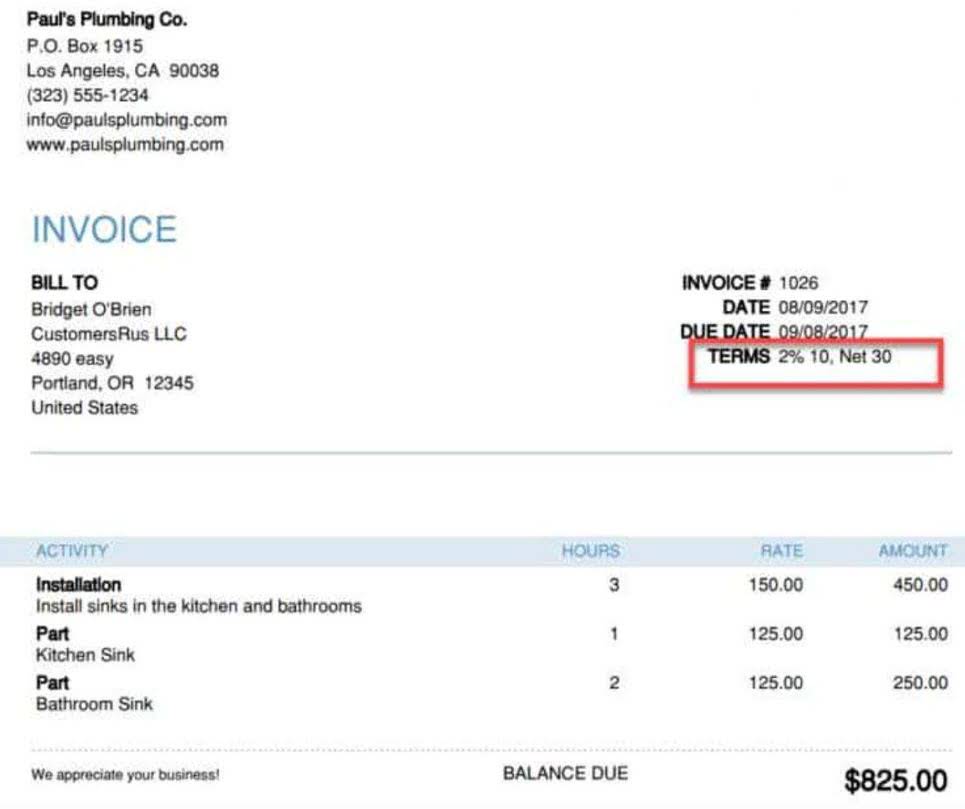
Accounting provides a structured way to track every dollar earned, spent, or owed. Expenses are costs incurred by a business in the process of generating revenue. Common expense accounts include Rent Expense, Salaries Accounts Payable Management Expense, and Utilities Expense.

A practical example of normal balance

This reflects the consumption of economic benefits or the acquisition of resources that provide future benefits. Accounts are the bookkeeping or accounting records used to sort and store a company’s transactions. Hence, these accounts are also known as general ledger accounts. Hopefully this will give you a deeper understanding of the terms normal debit balance debit and credit which are central to the 500-year-old, double-entry accounting and bookkeeping system.
What is the Normal Balance for an Account?
- Before we explain and illustrate the debits and credits in accounting and bookkeeping, we will discuss the accounts in which the debits and credits will be entered or posted.
- This means that debits exceed credits and the account has a positive balance.
- The accounting term that means an entry will be made on the left side of an account.
- In contrast, liabilities, which are obligations owed to others, normally carry a credit balance.
- Dive into T-accounts and you’ll find a method of accounting visualization that transforms abstract transactions into tangible illustrations.
- The correct representation of normal balances is an integral part of the making of financial statements.
For example, when a business pays for rent, utilities, salaries, or advertising, these outlays are considered expenses. Recording a $1,500 rent payment involves debiting the Rent Expense account for $1,500 and crediting the Cash account for the same amount. This debit increases the Rent Expense balance, reflecting the cost incurred. Similarly, paying employee salaries or purchasing office supplies involves debiting the respective expense accounts. In accounting, the normal balances of accounts are the side where increases are typically recorded. Accounts that typically have a debit balance include asset and expense accounts.
Application of the rules of debit and credit
Liabilities are obligations a business owes to external parties. Accounts such as Accounts Payable, Notes Payable, and Unearned Revenue fall into this category. Liabilities are increased by credits, meaning their normal balance is a credit.
Another liability is Unearned Revenue, which occurs when a business receives payment for services or goods before they are delivered, creating an obligation to the customer. When these obligations increase, the liability account is credited. A balance on the left side of an account in the general ledger. Typically expenses, losses, and assets have debit balances. Under the accrual basis of accounting, the Interest Revenues account reports the interest earned by a company during the time period indicated in the heading of the income statement. Interest Revenues account includes interest earned whether or not the interest was received or billed.
What are Normal Balances?

After you have identified the two or more accounts involved in a business transaction, you must debit at least one account and credit at least one account. If a company pays the rent for the current month, Rent Expense and Cash are the two accounts involved. If a company provides a service and gives the client 30 days in which to pay, the company’s Service Revenues account and Accounts Receivable are affected.
- For instance, if a business pays $1,500 for its monthly office rent, the transaction involves debiting the Rent Expense account for $1,500.
- For example, when a company pays its monthly rent, the rent expense account is debited.
- Then, I’ll give you a couple of ways to remember which is which.
- It provides a structured approach to recording every financial event within a business, ensuring that records reflect the true financial position and performance.
- The understanding of normal balances of accounts helps understand the rules of debit and credit easily.
- Therefore, an increase in owner’s drawings is recorded as a debit.
Understanding these effects is foundational for proper financial record-keeping. Every financial transaction affects an account related to assets, liabilities, or equity. For liabilities, revenues, and equities, a credit does the job.
Is bad debt a debit or credit?
At the end of an accounting period the net difference between the total debits and the total credits on an account form the balance on the account. They refer to entries made in accounts to reflect the transactions of a business. The terms are often abbreviated to DR which originates from the Latin ‘Debere’ meaning to owe and CR from the Latin ‘Credere’ meaning to believe. You could picture that as a big letter T, https://www.markmoving.com/paying-foreign-contractors-the-ultimate-guide-to/ hence the term “T-account”.
Since the accounting cycle starts with a journal comprising of debit and credit entries, the use of a double entry accounting is not possible without strict adherence to these rules. A normal balance is the expectation that a particular type of account will have either a debit or a credit balance based on its classification within the chart of accounts. It is possible for an account expected to have a normal balance as a debit to actually have a credit balance, and vice versa, but these situations should be in the minority. The normal account balance for many accounts are noted in the following exhibit. When a business incurs an expense, the corresponding expense account is debited to reflect the increase in that cost.
